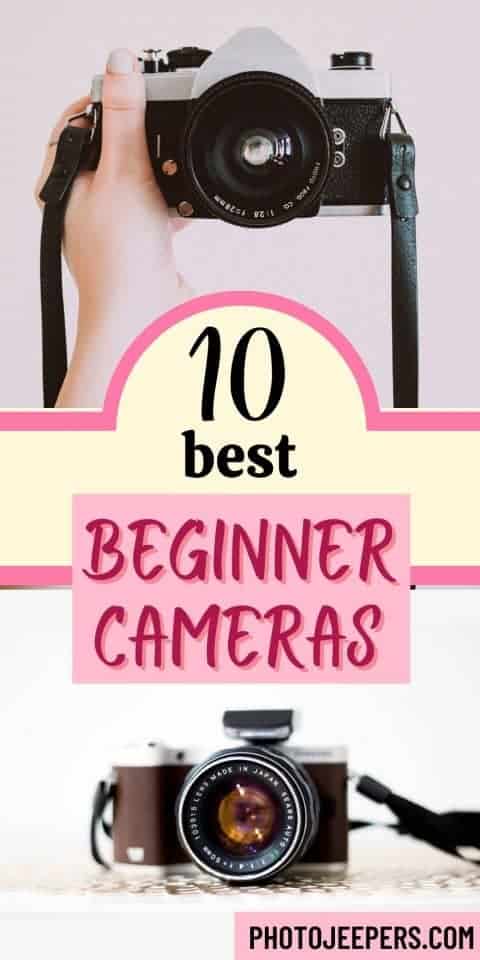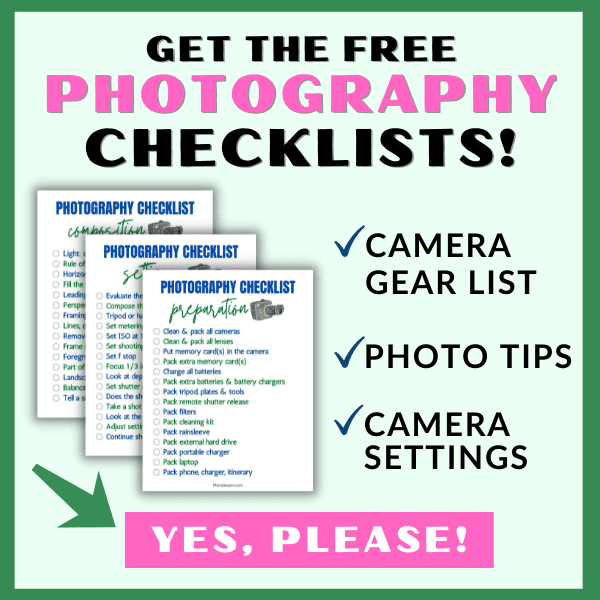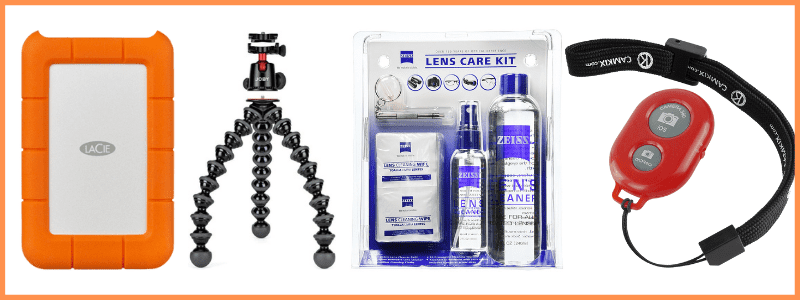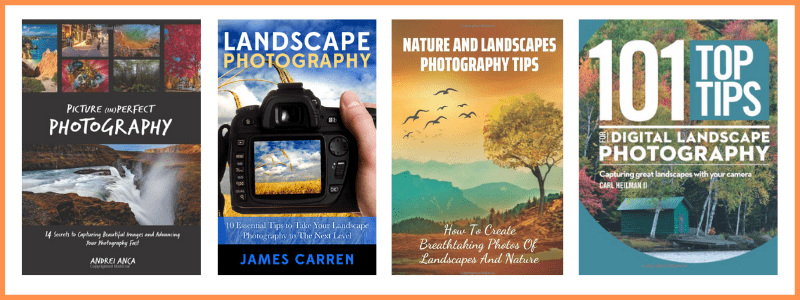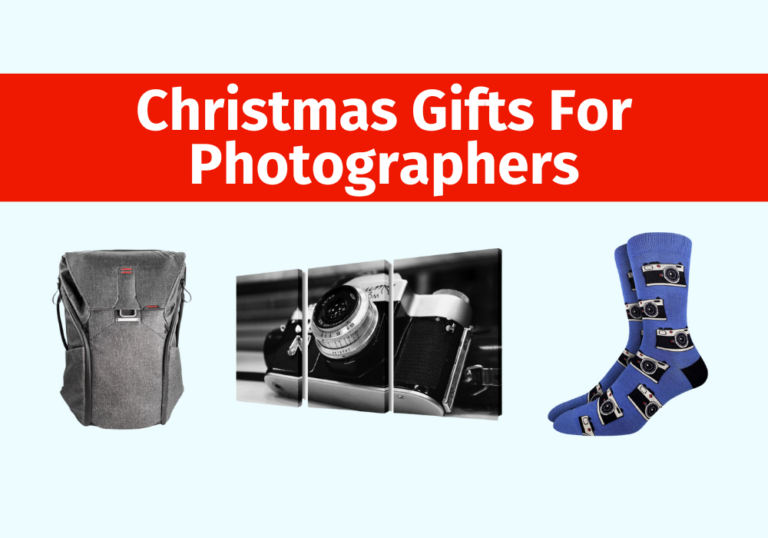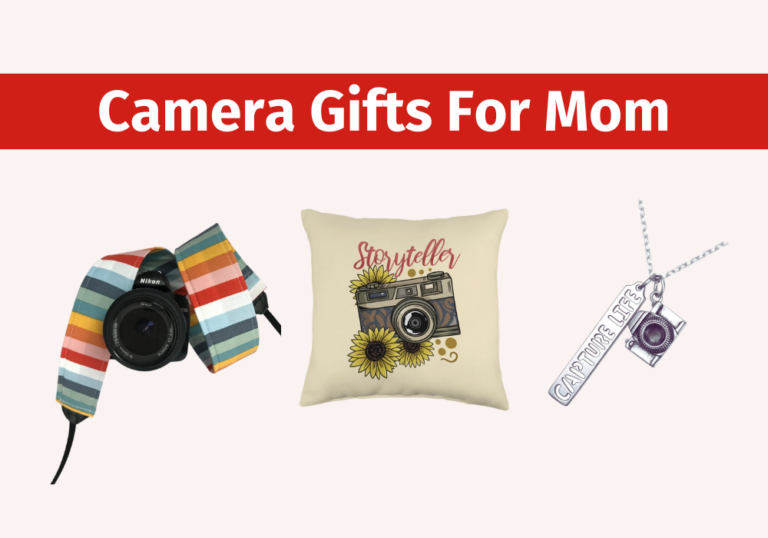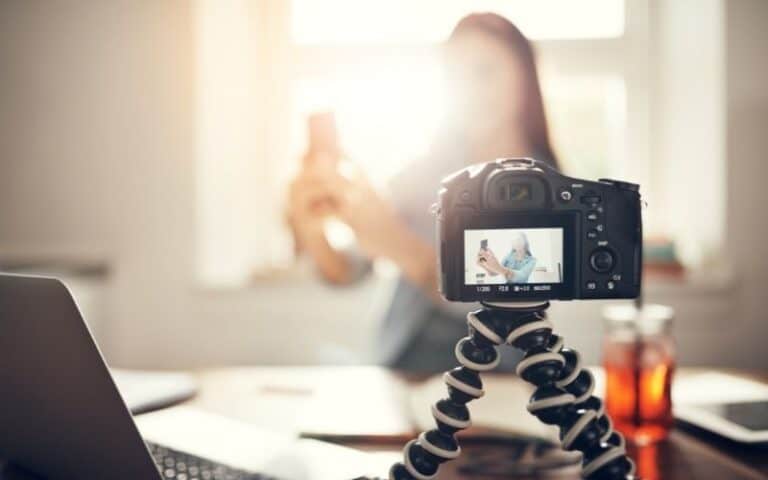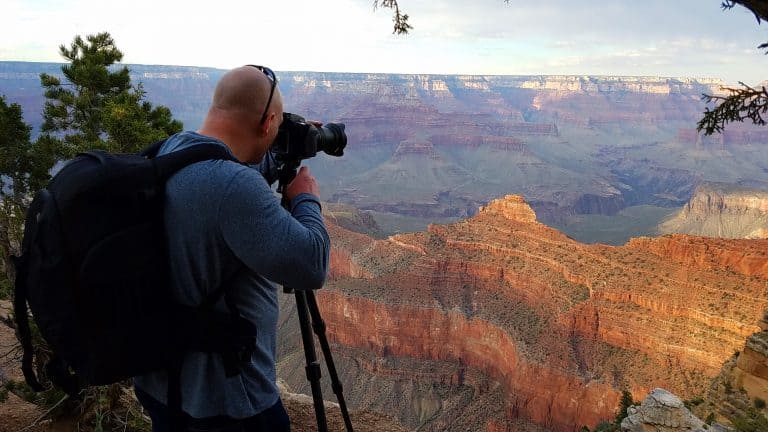Best Cameras for Beginners
The best cameras for beginners should have two key features. One, it should be easy to pick up and use. And two, it should be capable of shooting really good quality photos and/or videos.
We have compiled the following resources to help you find the best beginner-friendly camera to add to your travel photography gear!
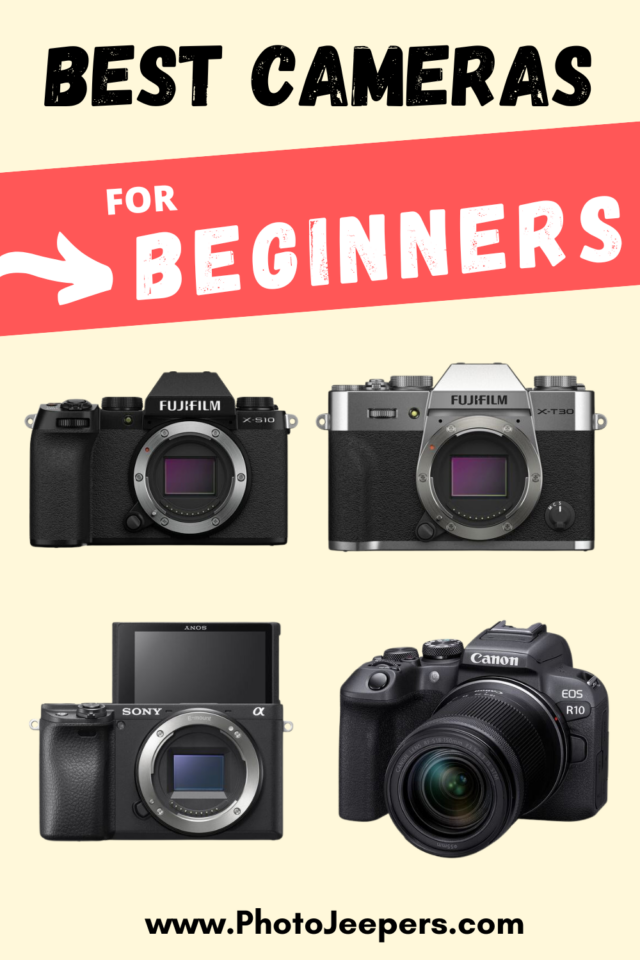
There are plenty of great cameras out there that can meet the needs of a beginner photographer. Whether you’re just starting out in photography or want to upgrade from your smartphone, this guide will help you find the best camera for beginners.
Our list includes point-and-shoot, DSLR, and mirrorless cameras that are perfect for anyone starting their photography journey!
This site contains affiliate links which means WE may receive commissions for purchases made through these links. We only provide links to products we actually use and/or wholeheartedly recommend! As an Amazon Associate, we earn from qualifying purchases. Read the full Disclosure Policy.
Where Should I Buy Camera Equipment?
We get all our Camera Equipment at B&H Photo! They are a reputable company that’s been in business for over 45 years. Their customer service and knowledge about photography equipment gives us peace of mind when spending money on higher ticket items like cameras, tripods and lenses.
We also use B&H Photo to buy our camera accessories like filters, memory cards, cleaning kits, portable hard drives, and more!
Camera Gear at B&H Photo
Best Cameras for Beginners at a Glance
| Camera | Type | Mega pixels | LCD Screen | Connectivity |
| Canon G7 X Mark III | Point-and-Shoot | 20.2 | 3″ 180° Tilting Touchscreen | WiFi, Bluetooth, HDMI |
| Sony a6400 | Mirrorless | 24.2 | 3″ 180° Tilting Touchscreen | WiFi with NFC |
| Canon Rebel SL3 | DSLR | 24.1 | 3″ Articulating Touchscreen | WiFi, HDMI |
| Olympus OM-D Mark IV | Mirrorless | 20 | 3″ Tilting Touchscreen | WiFi, Bluetooth, HDMI |
| Olympus TG-6 | Point-and-Shoot Waterproof | 12 | 3″ Fixed | WiFi, HDMI |
| Nikon Z50 | Mirrorless | 21 | 3.2″ Tilting Touchscreen | WiFi, Bluetooth, HDMI |
| Canon EOS R10 | Mirrorless | 24.2 | 1.04m-Dot Vari-Angle Touchscreen | Multi-Function Shoe, Wi-Fi and Bluetooth |
| Fujifilm X-T30 II | Mirrorless | 26.1 | 3” 1.62m-Dot Tilting LCD Touchscreen | Bluetooth and Wifi |
| Fujifilm X-S10 | Mirrorless | 26.1 | 3” 1.04m-Dot Vari-Angle Touchscreen | Bluetooth and Wifi |
List of Best Cameras for Beginners
The first thing to consider is your budget – how much do you want to spend on a camera? This will help narrow down your search so that you only look at cameras that fit within your price range.
Next, decide what type of photography you plan to do – for instance, do you want a camera that is good for landscapes or close-up shots? Each type of photography will require different features and settings.
Finally, decide if you’d like to have manual control over your pictures or if you’d prefer an easy-to-use point-and-shoot option.
Now that you have a better idea of what to look for in a camera, here are some of the best models for beginners.
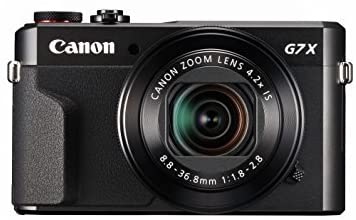
Canon G7 X Mark III
Key Features
- 20.2MP 1″ Stacked CMOS Sensor
- DIGIC 8 Image Processor
- 4.2x Optical Zoom f/1.8-2.8 Lens
- 24-100mm (35mm Equivalent)
- 3.0″ 1.04m-Dot Tilting Touchscreen LCD
- UHD 4K30p and Full HD 120p Video
- 20-fps Shooting, 30-fps Raw Burst Mode
- Built-In Bluetooth and Wi-Fi
- Live Streaming & Vertical Video Support
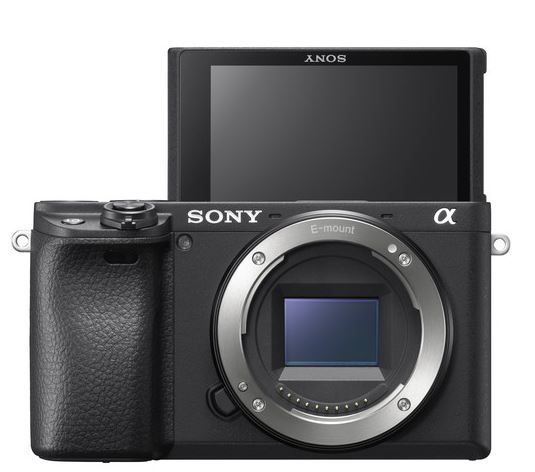
Sony Alpha a6400
Key Features
- 24.2MP APS-C Exmor CMOS Sensor
- BIONZ X Image Processor
- Real-Time Eye AF & Real-Time Tracking
- XGA Tru-Finder 2.36m-Dot OLED EVF
- 3.0″ 921.6k-Dot 180° Tilting Touchscreen
- Internal UHD 4K Video, S-Log3, and HLG
- S&Q Motion in Full HD from 1-120 fps
- Built-In Wi-Fi with NFC
- 425 Phase- & Contrast-Detect AF Points
- Up to 11 fps Shooting and ISO 102400
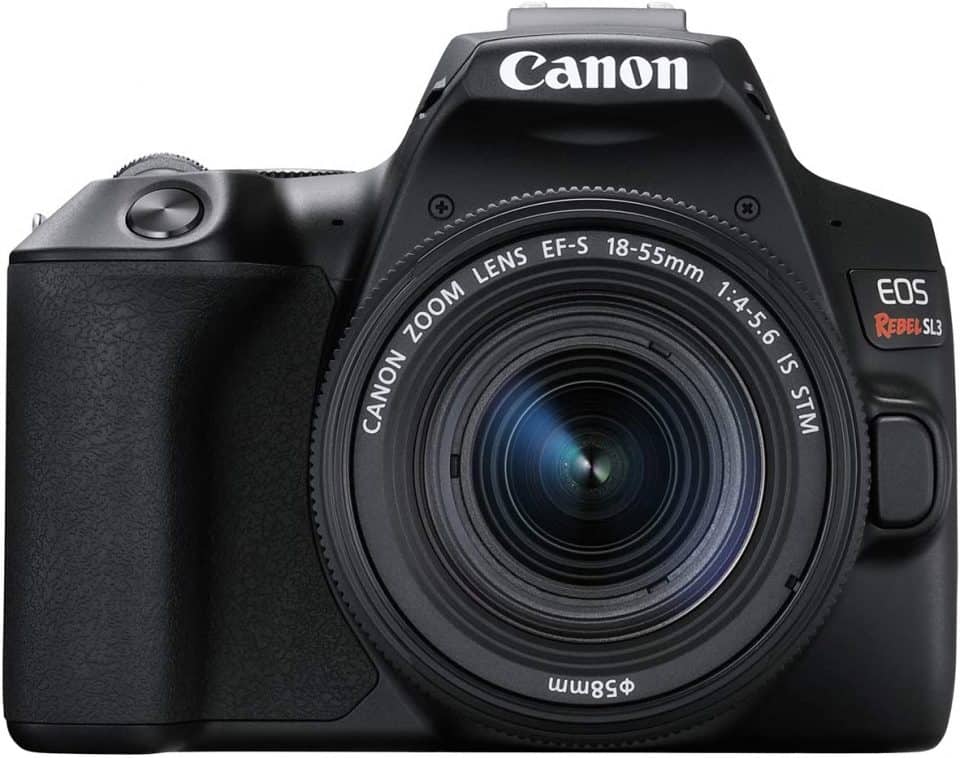
Canon EOS Rebel SL3
Key Features
- 24.1MP APS-C CMOS Sensor
- DIGIC 8 Image Processor
- 3.0″ 1.04m-Dot Vari-Angle Touchscreen
- UHD 4K24p Video and 4K Time-Lapse Movie
- 9-Point AF System; Dual Pixel CMOS AF
- ISO 100-25600, Up to 5 fps Shooting
- Built-In Wi-Fi and Bluetooth
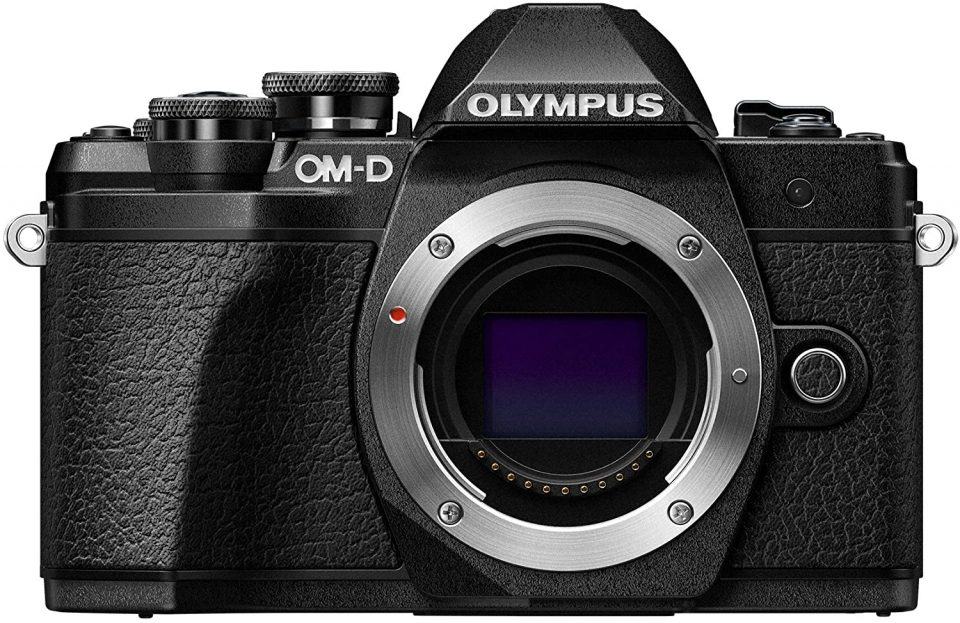
Olympus OMD Mark IV
Key Features
- 20.3MP Live MOS Micro Four Thirds Sensor
- TruePic VIII Image Processor
- UHD 4K30p Video Recording
- 2.36m-Dot 0.67x-Magnification OLED EVF
- 3.0″ 1.04m-Dot 180° Tilt Touchscreen
- 5-Axis Sensor-Shift Image Stabilization
- 121-Point Contrast-Detection AF
- 8.7 fps Shooting, ISO 200-25600
- Wi-Fi and Bluetooth Connectivity
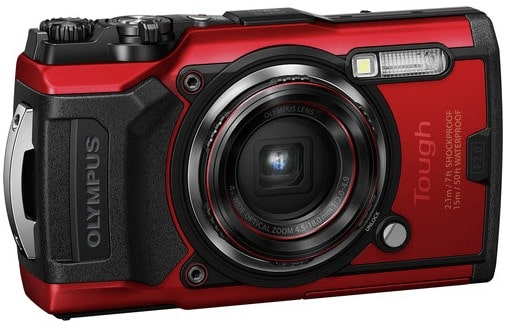
Olympus Tough TG-6
Key Features
- 12MP BSI CMOS Sensor
- TruePic VIII Image Processor
- Olympus 4x Optical Zoom f/2 Lens
- 25-100mm (35mm Equivalent)
- 3.0″ 1.04m-Dot LCD Monitor
- Water, Crush, Shock, Freeze & Dustproof
- 4K Video Recording and Full HD at 120p
- Built-In Wi-Fi, GPS, Field Sensor System
- ISO 12800 and up to 20-fps Shooting
- Pro Capture Mode & Variable Macro System
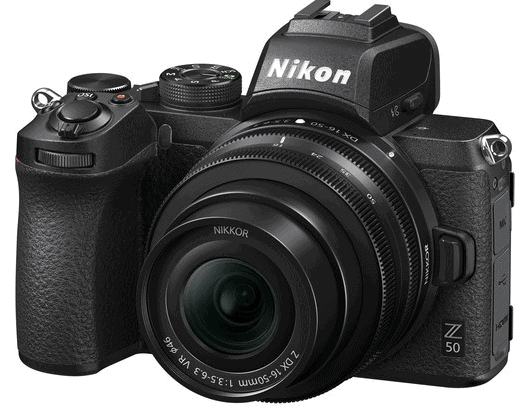
Nikon Z50
Key Features
- 20.9MP DX-Format CMOS Sensor
- EXPEED 6 Image Processor
- UHD 4K and Full HD Video Recording
- 2.36m-Dot OLED Electronic Viewfinder
- 3.2″ 1.04m-Dot 180° Tilting Touchscreen
- ISO 100-51200, Up to 11 fps Shooting
- 209-Point Hybrid AF, Eye Detection
- Built-In Wi-Fi and Bluetooth
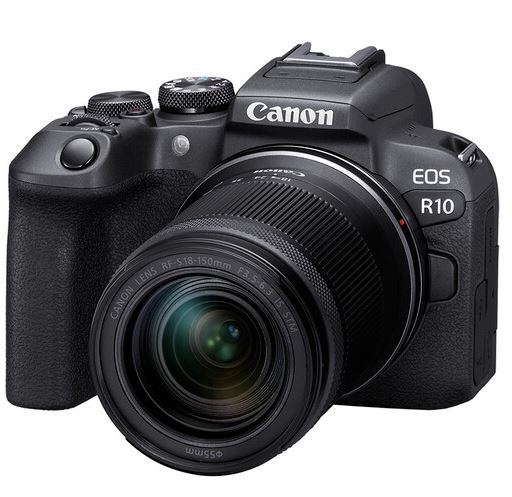
Canon EOS R10
Key Features
- 24.2MP APS-C CMOS Sensor
- Dual Pixel CMOS AF II
- 4K30 Video, 4K60 with Crop; HDR-PQ
- 23 fps E. Shutter, 15 fps Mech. Shutter
- 2.36m-Dot OLED EVF
- 1.04m-Dot Vari-Angle Touchscreen LCD
- Multi-Function Shoe, Wi-Fi and Bluetooth
- RF-S 18-150mm f/3.5-6.3 IS STM Lens
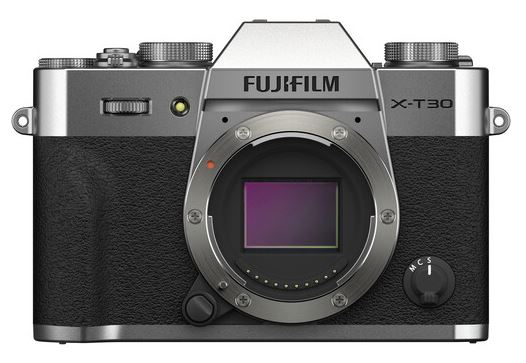
Fujifilm X-T30 II
Key Features
- 26.1MP APS-C X-Trans BSI CMOS 4 Sensor
- X-Processor 4 with Quad CPU
- DCI and UHD 4K30 Video; F-Log Gamma
- 2.36m-Dot OLED Electronic Viewfinder
- 3.0″ 1.62m-Dot Tilting LCD Touchscreen
- 425-Point Phase-Detection Autofocus
- Mechanical and Electronic Shutter
- Extended ISO 80-51200, 30 fps Shooting
- Bluetooth and Wi-Fi; Sports Finder Mode
- Ultra-Sonic Vibration Sensor Cleaning
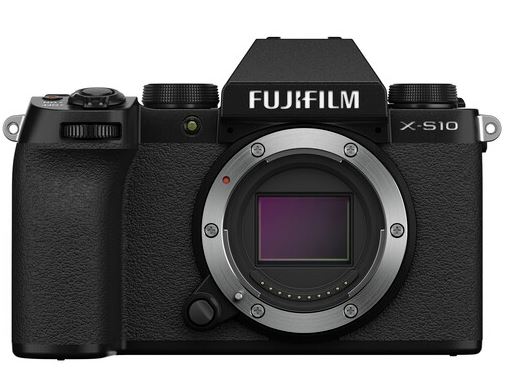
Fujifilm X-S10
Key Features
- 26.1MP APS-C X-Trans BSI CMOS 4 Sensor
- X-Processor 4 Image Processor
- 5-Axis In-Body Image Stabilization
- DCI/UHD 4K at 30 fps, Full HD at 240 fps
- 425-Point Hybrid AF System
- 2.36m-Dot 0.62x OLED EVF
- 3.0″ 1.04m-Dot Vari-Angle Touchscreen
- ISO 160-12800, up to 8 fps Shooting
- Bluetooth and Wi-Fi Connectivity
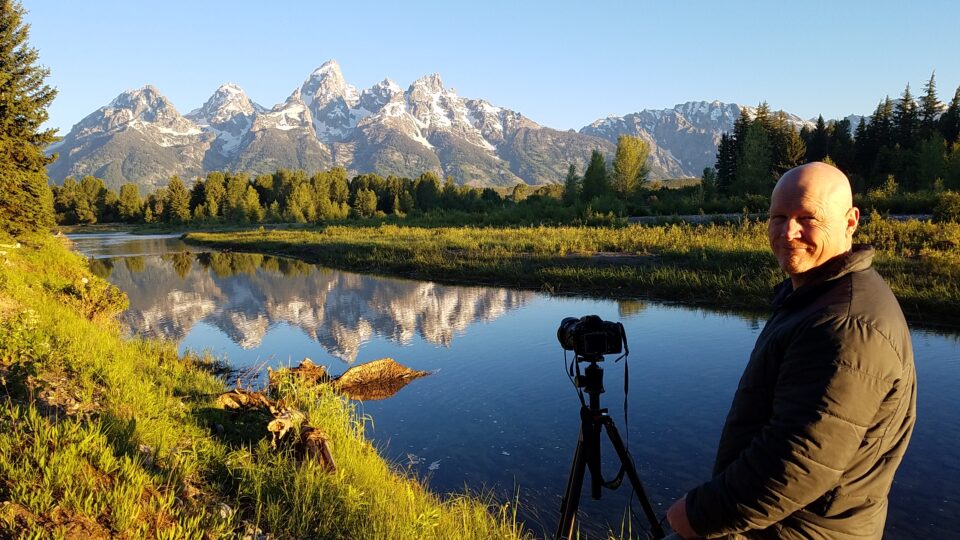
How to Buy the Best Camera for Beginners – Tips & Insights
A beginner-friendly camera should not only be easy to use but also capable of capturing really GOOD quality photos and videos. The first step to buying the best entry-level camera is to consider how you’re intending to use it.
The following 10 questions will help you get this done in the most effective way possible:
- Are you planning to shoot only photos? Or videos? Or both?
- How will you use the photos and/or videos?
- Are you looking to capture high-resolution images for print?
- Or you’re looking to use the images on social media sites like Instagram?
- Will you record vlogging media for YouTube?
- Or you’re just looking to document your adventures in GOOD quality photos and videos?
- Are you looking for something compact and lightweight for portability?
- What type of camera do you want? A compact point-and-shoot for ease-of-use? Or a compact mirrorless camera for versatility? Or maybe an action cam or a waterproof camera for extreme adventures?
- Is the ability to work in low light a key factor? That’s especially important if you’re looking to use the camera indoors or while traveling!
- Does the camera’s body design matter? Maybe you’re a budding lifestyle blogger who will benefit from a sleek, stylish camera with a flip-out screen for selfie shooting!
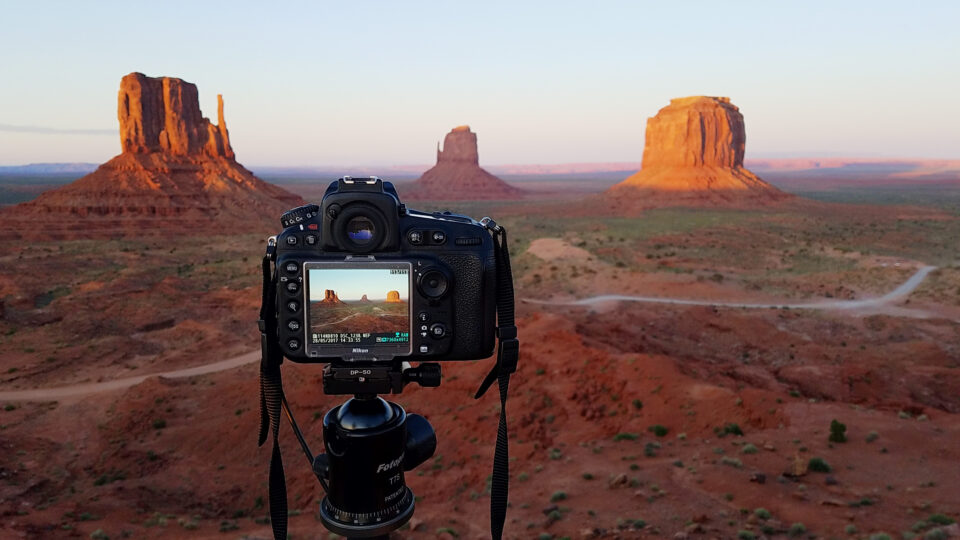
Essential Features of a Beginner-Friendly Camera
Once you’re clear with how you intend to use the camera, you should consider acquainting yourself with the essential features of a beginner-friendly camera. Most of these features are a no brainer and you may already have known them.
However, when buying a camera, it’s easy to be hooked into a device for its stylish body design but with poor imaging capabilities. To avoid falling into such a “trap”, you should consider the following features of a GOOD entry-level camera.
1. Ease of Use
A beginner-friendly camera should be easy to pick up and use! Its menu system and controls should be easy to navigate. Most point-and-shoot cameras offer the easiest-to-use menus and controls. All you need to take a picture is to turn on the camera, point at your target subject, and press the shutter.
These cameras are equipped with Pre-Set Modes that auto-selects themselves depending on your photographing conditions. They allow novice users to get started with their cameras without having to go through the overwhelm of dealing with manual settings and complicated controls.
In recent years, most cameras brands have been designing beginner-friendly entry-level cameras with easy-to-use controls. The DSLR and mirrorless cameras in the above list are easy to operate. They offer both auto and manual modes and come with simple menu systems and intuitive touchscreens.
2. Image Quality
The next stop after ease-of-use is the quality of images captured by the camera. Technically, image quality should be your key concern when buying a camera. But the quality of the images captured by a camera is as a result of quite a number of the camera’s features and other surrounding factors.
One such feature is the sensor size of the camera. A large sensor allows more light into the camera, something that provides better image quality and excellent low-light shooting. But such larger sensors add more bulk to the camera which makes then bigger and bulkier.
Entry-level cameras will either have APS-C, Micro Four Thirds, 1-inch, or 1/2.3″ sensors. Arranged from the largest to the smallest in that order. Advancements in technology have allowed manufacturers to design compact and lightweight cameras with APS-C sensors, which is a big plus!
Apart from the sensor size, you should also consider the camera’s megapixels. More megapixels don’t necessarily mean better image quality. If you’re looking to post your photos on the web and social media, 12-megapixels is pretty much okay. For print work, it’s advisable to get a camera with over 20-megapixels.
3. Video Quality
Just like image quality, the quality of the video captured by a camera is very important. There is no point in getting an easy-to-use camera that records grainy videos with blurry edges. If your ideal camera features a good image sensor and a faster processor, you should be able to shoot high-resolution videos.
We always recommend buying a camera that can record at least Full HD 1080p footage at 30fps. If you can get 60fps in this resolution the better. Since it offers a smoother and vibrant video quality, which is great for vlogging. Going for a camera that shoots 4K footage at 24fps or more is a plus!
TIP: FPS means frames per second. Basically, video footage is a series of consecutive images that move at such a high speed that our eyes perceive motion. A frame is one image. So, 30fps is 30 images per second, and 60fps is 60 images per second. The higher the FPS, the smoother the motion perceived by our eyes and thus the better the video quality.
4. Image Stabilization
Our hands make small movements as we press the shutter button during handheld shooting. You may think that your hands are steady but there are still some minute movements. Such movements result in camera shakes, which end up affecting the image quality by producing blurry photos, especially in low-light.
The most effective way of avoiding this problem is shooting with your camera on a tripod. But a tripod may not be the most practical solution, more so if you’re a minimalist traveler. With image stabilization, the camera will off-set these “shakes” thus producing clear, sharper images.
5. Autofocus
A camera’s autofocus (AF) system simply adjusts its lens intelligently to obtain focus on the target subject. The workings of an AF system is not quite straightforward. But it can mean the difference between a missed opportunity and a sharp photo.
As a beginner, it’s always advisable to get a camera with the best AF system possible. That’s especially if you are looking to shoot sports and wildlife photographs and videos. Or any other target where fast-paced action is involved.
6. LCD Screen and Viewfinder
A camera with a responsive touchscreen LCD provides a more intuitive and quicker way of operation. This can be a nice approach to control the camera instead of bothering with the buttons. The experience is akin to that of using a smartphone!
An LCD screen comes quite handy when shooting your videos and photos in Live View. With it, you’re able to ‘see’ the scene while composing it. A brighter and clearer screen will also provide a better experience during video playback.
Apart from control the camera and Live View recording, having a flip-out or tilting LCD screen is great for selfie shooting. This feature is especially useful for lifestyle, beauty, and travel vloggers who want to record themselves while on the move.
7. Microphone and Headphone Sockets
Most entry-level cameras will only offer a built-in stereo microphone. The mic will do the job but you may end up with bits of inaudible video, more so when recording your footage while on the go. Having an external mic input on your camera is a great advantage. And a headphone jack terminal is even a big plus!
TIP: If you’re looking to shoot vlogs with your camera, we advise getting an external microphone. Most people will watch an average quality video but won’t continue listening when the content is barely audible.
8. Connectivity
A good entry-level camera should at least have WiFi connectivity. With WiFi, you can easily share and transfer photos and videos to your mobile devices. If WiFi connectivity is absent, then it should either have Bluetooth or HDMI. Some cameras offer WiFi, NFC, HDMI, USB, and Bluetooth, which is a huge advantage!
9. Battery Life
A camera’s battery life becomes an important factor if you’ll be using it for an extended period of time away from the power supply. This is especially true if you’re an on-the-go vlogger, travel photographer, or an adventure enthusiast.
TIP: We always have extra camera batteries already charged and packed in case we need them!
10. Size and Weight
Lastly, the size and weight of your camera matters. Most of the best cameras for beginners feature compact and lightweight body designs. But some of the DSLRs are a little bit bulkier and heavier. For the entry-level bloggers/vloggers, getting a compact and lighter vlogging camera for beginners will save you some space in your gear!
Older Generation Beginner Cameras
We still like these older cameras for beginners if you can find them used – KEH Camera has terrific prices on used cameras!
Sony a6100: mirrorless, 24.2 pixels, 3″ 180° Tilting Touchscreen, and WiFi with NFC, Bluetooth, HDMI connections
Nikon D3500: DSLR, 24 pixels, 3″ fixed Screen, Bluetooth and HDMI connections
AMAZON Landscape Photography Books:
